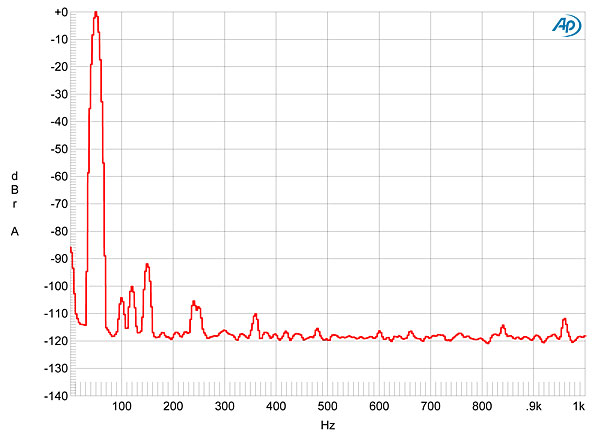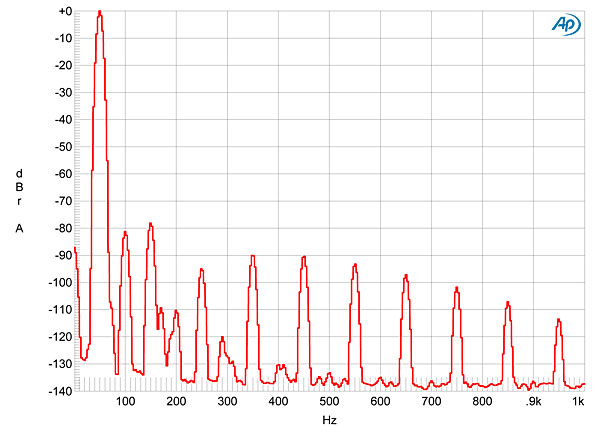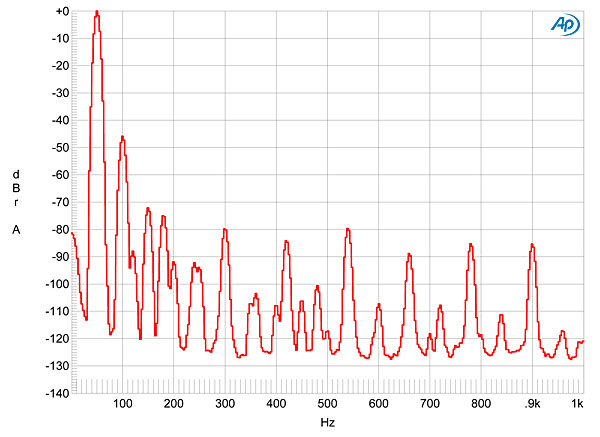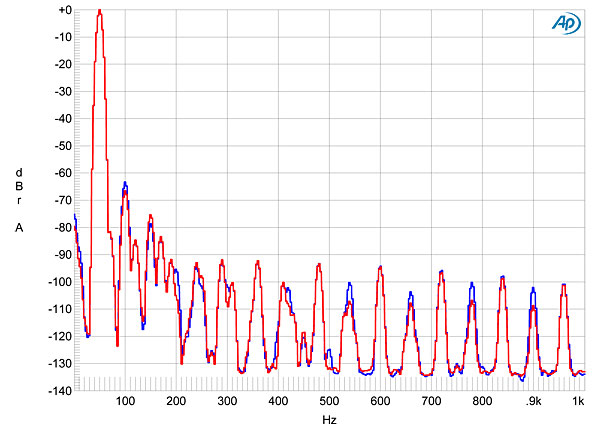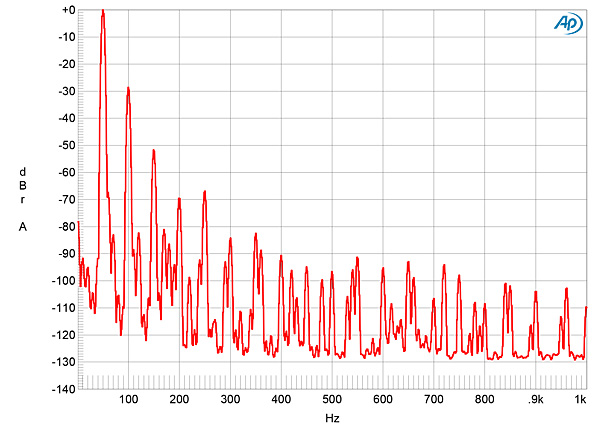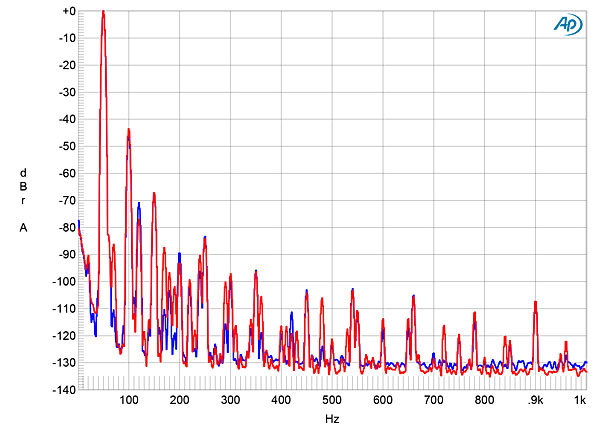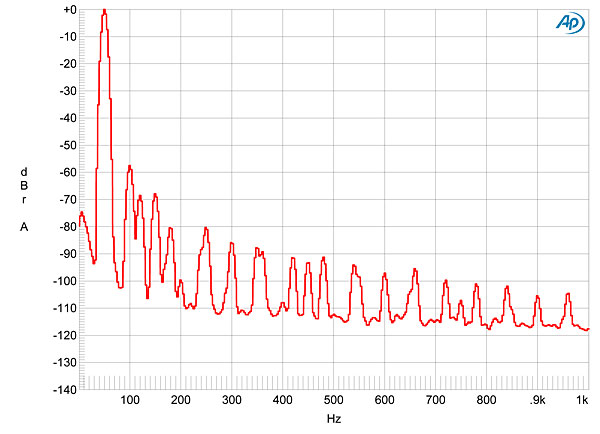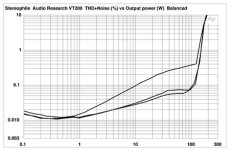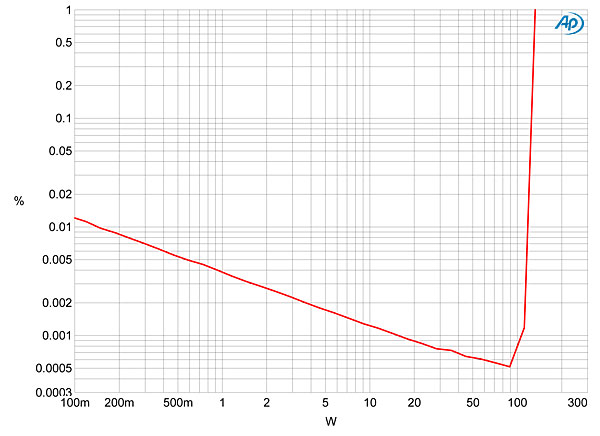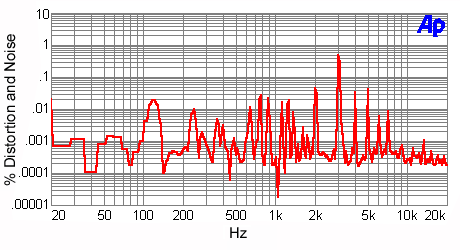a.wayne
Well-known member
I think the question asked in the OP is far too broad. Is the SS amp Class A or AB? Is the tube amp triode or pentode? I recently directly compared a friend's stereo pentode tube amp to my mono block Class A SS amps in my system and later that same pentode tube amp to a third friend's triode tube mono block amps. I was quite surprised by what I heard. The pentode tube amp sounded very similar in both systems and quite different from the SS Class A amps and triode tube amps while the latter two seemed to have very similar sonic characteristics in the different systems.
All of the amplifiers were able to drive the speakers to adequate levels with what seemed like low distortion, but they really sounded very different and I suspect the three listeners each preferred his own amplifier(s) to the others. I would now like to compare the SS Class A amps to the powerful tube triode amps in the same system to hear how different or similar they sound. That might also be quite surprising given the comments here about how different SS and tube amps are supposed to sound.
It is all quite fascinating and why one should probably hear a particular amp with his speakers before buying it.
Disagree , its a basic simple question , which do your prefer and why there's no right or wrong answer, just one’s opinion ...
Regards

